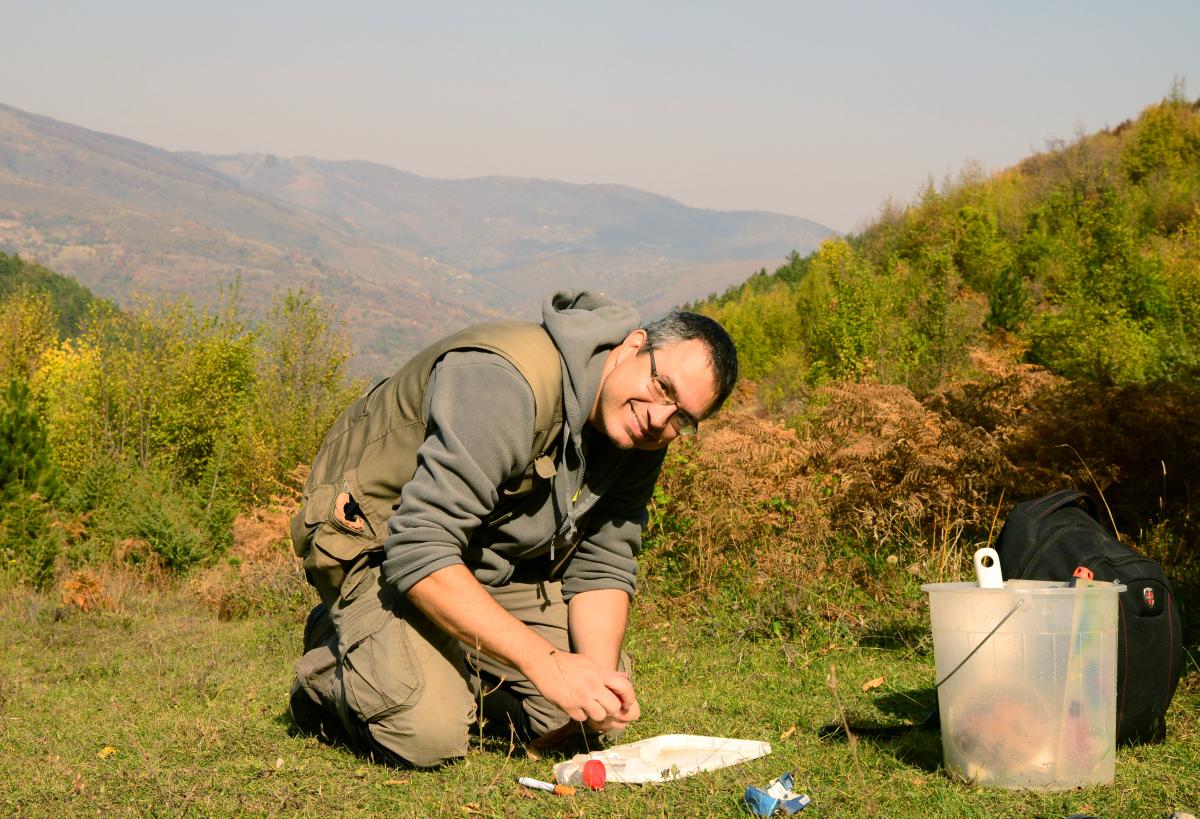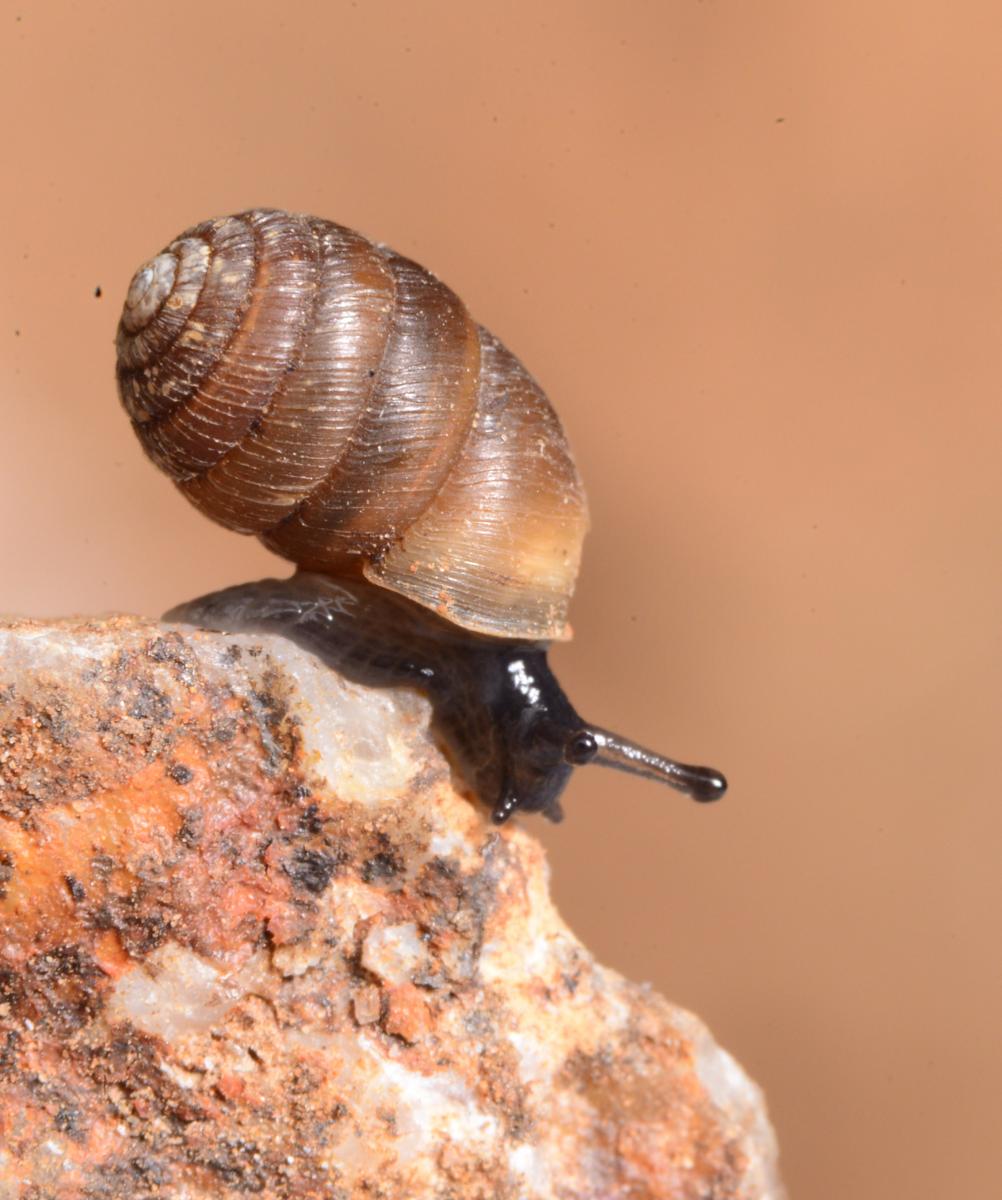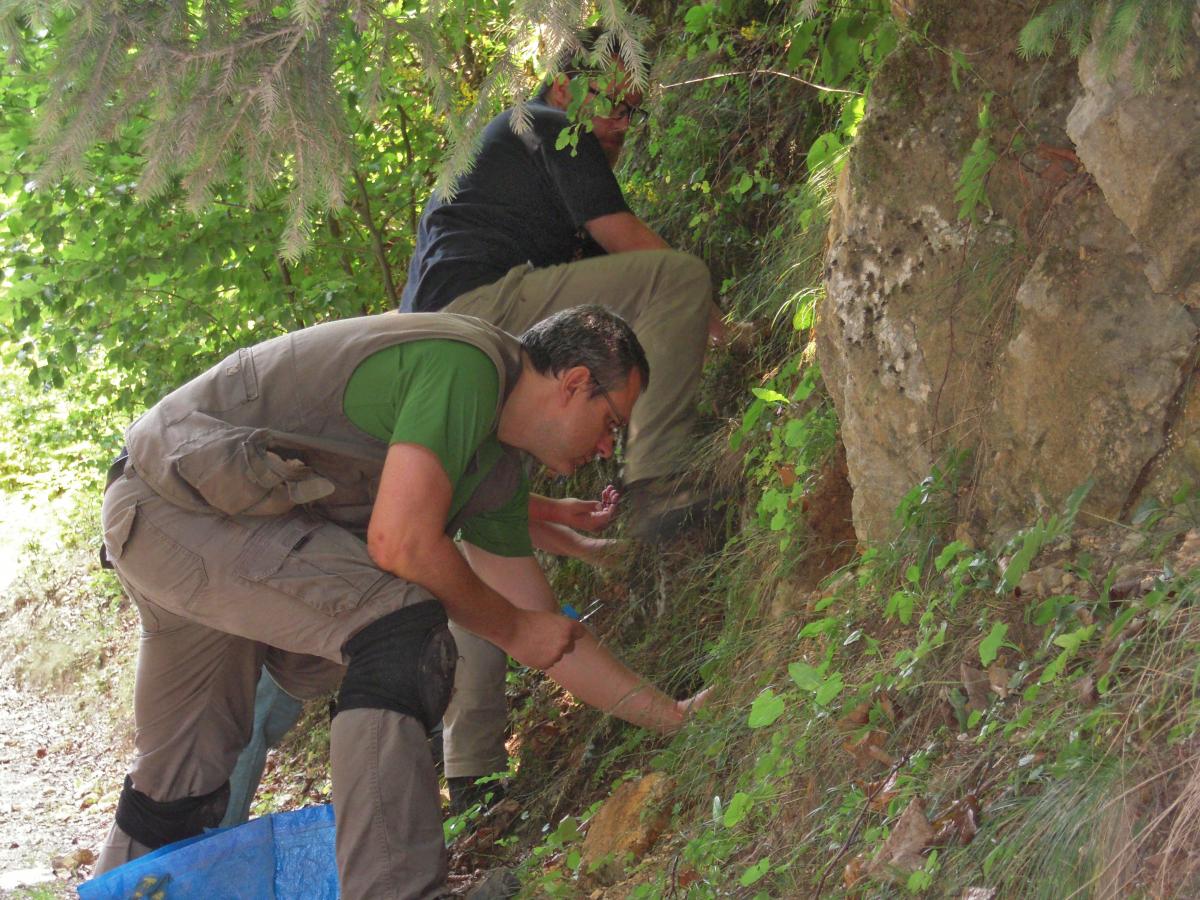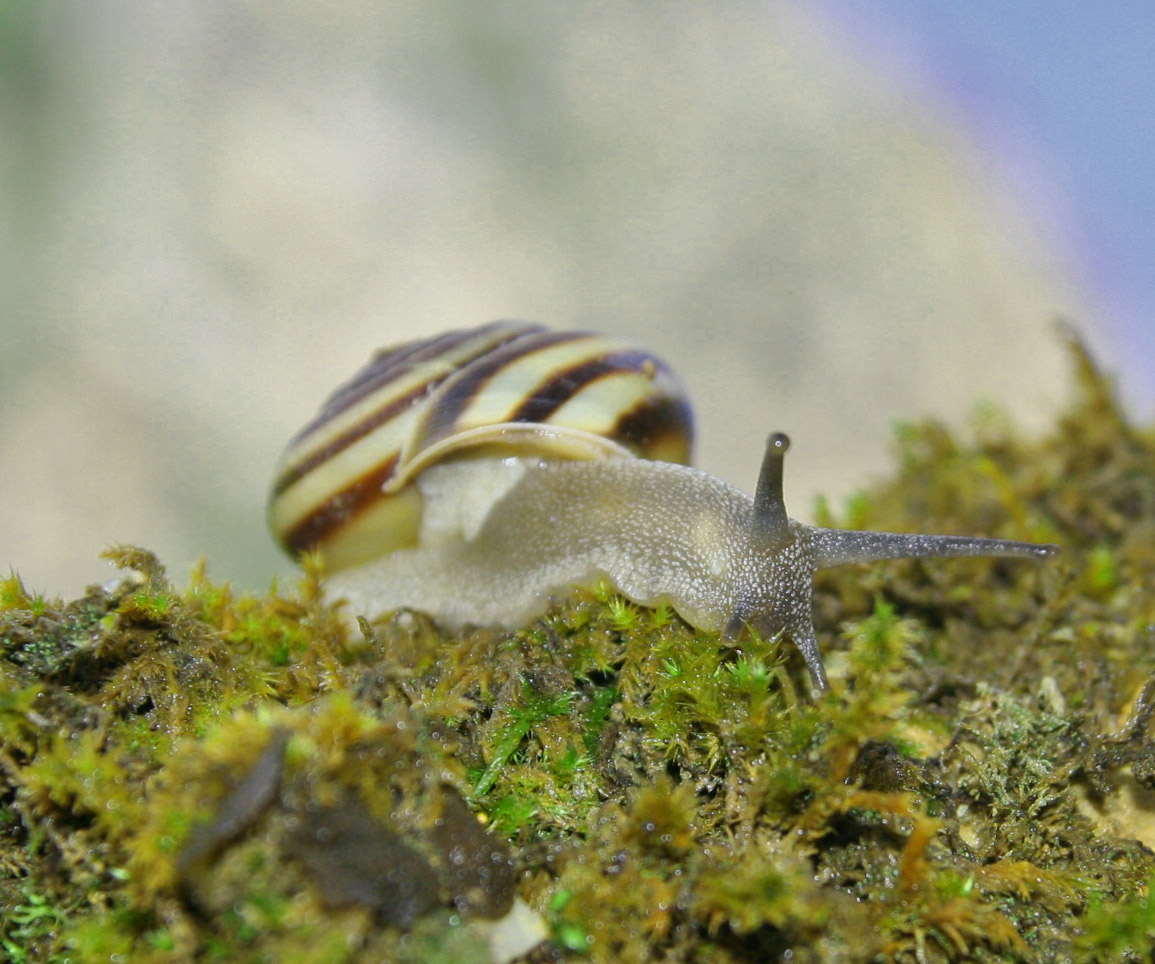Our Red List Species Assessors: Filling-in the knowledge gaps on European terrestrial molluscs, an interview with Zoltán Fehér
Terrestrial molluscs, which include snails and slugs, are prey to a large variety of animals, and provide important ecological functions such as soil and compost formation. In this interview with Dr Zoltán Fehér, a Hungarian terrestrial mollusc expert based in the Hungarian Natural History Museum, he talks about his work in terrestrial mollusc research and conservation.
This is the eighth in a series of interviews with Red List Species Assessors involved in IUCN’s European Red Lists LIFE project. The project aims to assess the extinction risk of several plant and invertebrate species groups, and will contribute to guiding policy decisions and conservation action at the European level. You can find previous interviews in the series here.
Dr Fehér’s interest in invertebrates started from a young age. “Like many children, I started to collect marine shells in my childhood, during family holidays in Yugoslavia. As a student, I became far more interested in terrestrial and freshwater molluscs.”
At the end of the fourth year of his first university degree, Dr Fehér, Hungarian native, and some colleagues organized an expedition to Albania, a country that was still almost unaffected by ‘western civilization’. It was during that trip that Dr Fehér fell in love with the Balkans, an area where he conducts much of his research to this day.
After finishing his doctorate, in 1998, Dr Fehér became the curator of the Mollusc Collection at the Hungarian Natural History Museum, where he is currently also the head of the Zoology Department. His work focuses on taxonomy and phylogenetics: “I am interested in evolutionary processes such as intraspecific divergences and taxonomic relationships of closely related species. I am mostly interested in groups with a high number of narrow range endemic species, like the spring snails, the obligate rock-dwelling snails and recently some subterranean groups.”
Working in a museum, Dr Fehér has also been involved in various conservation projects such as the conservation assessment at the Bátaapáti Nuclear Waste Repository, and monitoring in national parks. He has also been involved in the designation process of Natura 2000 sites in Hungary and in the distribution mapping of Natura 2000 indicator species.
According to him, the best part of the work is collecting specimens in the field, especially when new species can be discovered: “In the Balkan Peninsula, there are still sites where no terrestrial mollusc experts have collected before, so during our field trips we are often touched by the spirit of adventure and exploration.”
Dr Fehér also has significant experience in the assessment of species’ extinction risk, and has been involved with different Red List projects: “The first assessment workshop I participated in was in 2009 in Budapest. There, we assessed Balkan and Anatolian freshwater species, like hydrobiid spring snails. Since then, I have taken part in four more workshops and assessed over 250 freshwater and terrestrial species. Recently I have also been part of the LIFE European Red Lists project, which aims to assess the extinction risk of all European terrestrial molluscs.”
I just came back from Kosovo, where I have been studying the mollusc fauna in about 60 locations. This field trip was organized in the framework of the Kosovo Environmental Programme, and as a final outcome, I am supposed to assess the Red List status of the mollusc species at the country level and to compile the Mollusca chapter for the Red Data Book of Kosovo.”
Understanding the status of species often proves to be a challenging task, and as Dr Fehér emphasized, available information is often incomplete: “To assess extinction risk we need to take several factors into account, such as the range size and frequency of a species, as well as the changes in population size and habitat quality. For the majority of the species, we have, at best, assumptions about range sizes and the numbers of subpopulations, and even less information about the habitat and population trends.”
As more information is collected to address these knowledge gaps, databases are crucial to ensure the information is easily accessible to others. According to Dr Fehér, these knowledge repositories are essential sources of information for conservation planning: “Together with GBIF, Fauna Europaea, and other databases, the IUCN Red List has become one of the most relevant biodiversity databases used every day by thousands of researchers and conservation experts around the world.”
The information collected can then be applied on the ground. Conserving terrestrial molluscs almost invariably needs to be done at the habitat level, so habitat protection is critical for the long-term survival of many species. Some habitats are at greater risk than others: “Species associated with wetland habitats (for example, wet meadows, marshes, swamps, fens) are the most threatened ones. In certain Balkan regions deforestation has also reached such an extent that some narrow range species are also seriously threatened.”
As for Dr Fehér’s favourite terrestrial mollusc species, he is partial, understandably, to those species he has described as new to science himself: “If I have to pick one among these, I would choose Montenegrina lillae, a very narrow-range endemic and very spectacular door-snail species, which I named after my wife.”
The European Red List of Terrestrial Molluscs is in the final stages of preparation, and the publication is expected to be published in early 2019. This publication will highlight the current status of all European terrestrial molluscs, as well as the main threats affecting them, and provide recommendations for conservation action.








